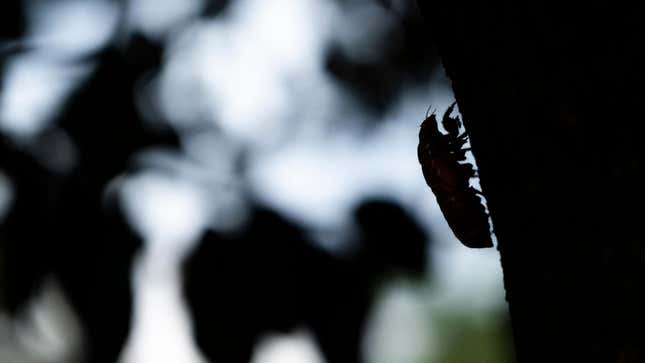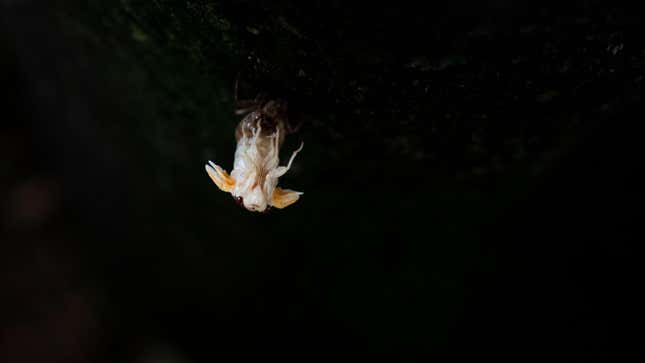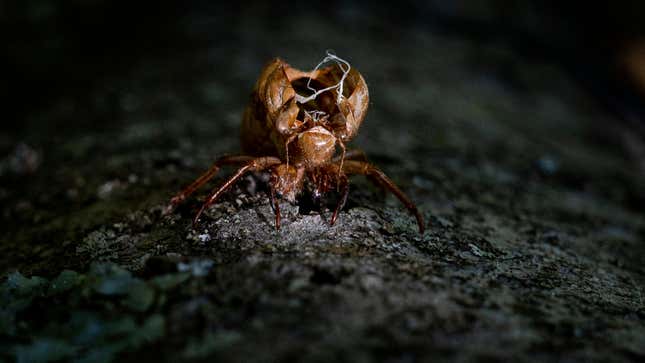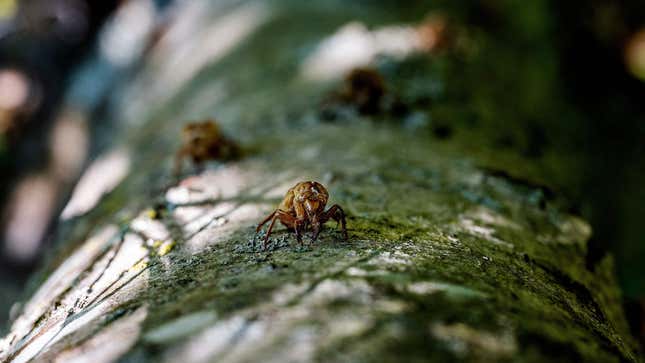
The march of the horny bugs has begun. Brood X cicadas have started to emerge, though slowly thanks to spring temperatures that are slightly cooler and wetter than normal. After 17 years underground, the cicadas are coming up to a world both familiar and radically different.
The War on Terror? Still happening. Myspace? Not so much. Curb Your Enthusiasm? It’s back on. The bugs managed to sleep through the worst of a pandemic, a failed insurrection, and the rise of Mumford and Sons (lucky bugs).
Now they’re back. I, for one, am contemplating my life in the context of the cicadas’ return. I barely remember the 2004 iteration of Brood X. Having just graduated college, I spent most of their emergence in a haze of newfound freedom and terror. But I’ll be paying attention to them this year. I’m older and wiser (or at least less wonderdrunk) now. But honestly, it’s truly amazing that billions of bugs synch up their activity to burrow underground and emerge, all for the sole purpose of having the best shot at boning and continuing their existence just so the next generation can wait 17 years to do it all over again.




